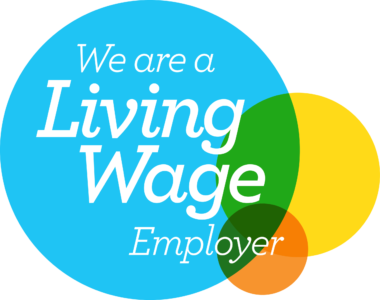As part of the announcement of significant changes to the inheritance tax rules relating to Agricultural Property Relief (APR) and Business Property Relief (BPR) announced in the Autumn Budget of 2024, the Government stated that it would be consulting on technical aspects of how the new rules would relate to trusts.
The consultation document was published on 27 February and discusses the proposed reforms focusing on property settled into trusts. Whilst detailed legislation is yet to come, the paper contains some welcome confirmation of how the new rules are intended to operate.
Under the new rules, from 6 April 2025, each individual will have a £1m combined allowance to reduce the taxable value of assets that currently qualify for 100% APR and BPR (other than AIM shares).
Despite considerable lobbying of the Government to concede on this point, the consultation document has now confirmed that the £1m allowance will not be transferable between spouses. However, more positively, the £1m allowance will “refresh” every seven years. This is similar to the way the nil rate band (currently £325,000) currently operates and gives rise to planning opportunities through a series of lifetime gifting (whether outright gifts or gifts into trust) of agricultural and business assets.
The consultation also contained welcome clarification that PETs and chargeable lifetime transfers that were made before 30 October 2024 will not be affected by the announced changes and will be subject to the rules in place at the time they were made. They will not be brought into account for the purposes of determining the £1mi allowance available for gifts of relievable assets made after 30 October 2024.
For those considering settling trusts now, the £1m allowance will be shared between all trusts created by the same settlor. The allowance will be allocated to such trusts in the chronological order in which they were established. However, for trusts settled before 30 October 2024 which contained qualifying agricultural or business property, this rule will not apply and each trust will have its own £1m allowance. It appears this will be the case even if the same settlor adds further assets to such trusts. This seems like a generous concession and may give scope for a number of planning opportunities.
For relevant property trusts, whether settled pre 30 October or post 30 October, which hold qualifying agricultural or business property, a £1m allowance will be available for each ten year anniversary charge and on exit charges so that 100% relief will be available on up to £1m of qualifying agricultural or business property when it is distributed from a trust, irrespective of when this occurs within a ten-year period. However, any £1m allowance which is used against an exit charge will reduce the maximum allowance that is available at the next ten-year anniversary.
Pre 30 October 2024 trusts will be brought into the new rules on the trust’s next ten year anniversary charge which falls on or after 6 April 2026 giving more time than perhaps first anticipated for trustees to consider their options, including the merits of appointing assets out of trust.
For individuals with a “qualifying interest in possession” (QIIP) in trust assets, the value of which are included in a beneficiary’s estate on death, the £1m allowance will be shared between the trust and free estate where the person with the QIIP interest dies on or after 6 April 2026. Similarly, any lifetime transfer of qualifying assets out of the QIIP regime will use up the £1mn allowance: for example if the beneficiary’s interest life interest ends to pass assets to another beneficiary outright (unless the life tenant survives the transfer by seven years).
For some assets, the ability to split ownership between a number of individuals/trusts could give rise to valuation discounts which would reduce the overall exposure to IHT. The Government is looking at this point in detail and there is the suggestion of extending the existing rules for valuing ‘related’ property so that APR/BPR assets settled by the same settlor across separate trusts can be connected for valuation purposes.
The consultation has also confirmed that from 6 April 2026, it will be possible to pay any IHT on all qualifying agricultural or business property (whether relievable at 100% or 50% relief) by equal annual instalments over ten years interest free.
The consultation is running until 23 April 2025 after which we await the publication of draft legislation. Navigating these changes remains a significant challenge however, the consultation document has provided some welcome clarity and clear planning opportunities in the period running up to April 2026 and beyond and particularly relating to the use of trusts to shelter assets from tax whilst ensuring continuity of family ownership.
If you would like further information, please contact Emily O’Donnell or your usual Birketts contact.
The content of this article is for general information only. It is not, and should not be taken as, legal advice. If you require any further information in relation to this article please contact the author in the first instance. Law covered as at March 2025.








